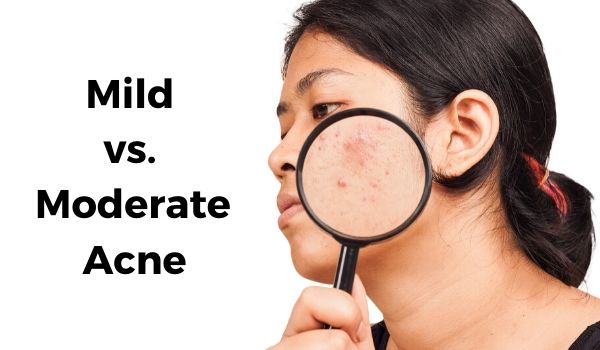Mouth Sliva
Salivary gland disease refers to a group of disorders that affect the salivary glands, which are responsible for producing saliva in the mouth. These glands are located in various areas of the mouth, including under the tongue, on the cheeks, and in the neck. When the salivary glands become infected or inflamed, they may produce too much or too little saliva, resulting in various symptoms and complications.
Symptoms of salivary gland disease can vary depending on the specific condition and the location of the affected gland. Common symptoms may include swelling or tenderness in the affected area, dry mouth, difficulty swallowing, a foul taste in the mouth, fever, and pain or discomfort while eating or speaking. In some cases, salivary gland disease may also cause the formation of stones, which can block the ducts that carry saliva from the gland to the mouth.
There are several different types of salivary gland disease, each with its own set of causes and treatment options. Some of the most common types of salivary gland disease include:
- Sialadenitis: This is a bacterial infection of the salivary gland, which can cause swelling, pain, and tenderness in the affected area. Treatment for sialadenitis typically involves antibiotics to clear the infection and pain relievers to manage symptoms.
- Sialolithiasis: This condition occurs when a stone forms in one of the salivary gland ducts, blocking the flow of saliva. Symptoms may include pain, swelling, and tenderness in the affected area. Treatment may involve drinking lots of water, massaging the gland, or in some cases, surgery to remove the stone.
- Mucocele: This is a non-cancerous cyst that forms when the ducts of the salivary gland become blocked, causing saliva to build up. Symptoms may include a painless lump or swelling in the mouth or on the lips. Treatment typically involves removing the cyst surgically.
- Sjogren’s syndrome: This is an autoimmune disorder that affects the salivary glands, as well as other glands in the body. Symptoms may include dry mouth, dry eyes, and joint pain. Treatment may involve medications to reduce inflammation and promote saliva production.
- Salivary gland tumors: These are rare, but can occur in any of the salivary glands. Symptoms may include a lump or swelling in the mouth or neck, numbness in the face, or difficulty swallowing. Treatment may involve surgery to remove the tumor, radiation therapy, or chemotherapy.
In general, treatment for salivary gland disease will depend on the specific type and severity of the condition. Some cases may be treated with over-the-counter pain relievers or antibiotics, while others may require more advanced treatments, such as surgery or radiation therapy. If you are experiencing symptoms of salivary gland disease, it is important to speak with your healthcare provider to determine the best course of treatment for your individual needs.
Prevention is key to avoiding salivary gland disease, especially in cases where the condition is caused by bacterial infection. Practicing good oral hygiene, including brushing and flossing regularly, can help prevent the build-up of bacteria in the mouth that can lead to infection. Additionally, staying hydrated by drinking plenty of water can help promote healthy saliva production and prevent the formation of salivary gland stones.
Salivary gland disease can cause a range of symptoms and complications, including swelling, pain, and difficulty swallowing. Treatment for salivary gland disease will depend on the specific type and severity of the condition, but may involve antibiotics, pain relievers, or more advanced treatments such as surgery or radiation therapy. Practicing good oral hygiene and staying hydrated can help prevent salivary gland disease.




